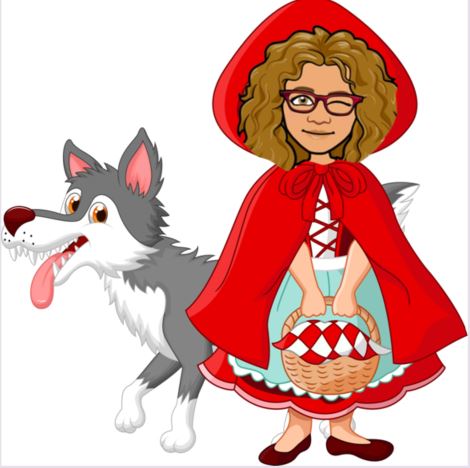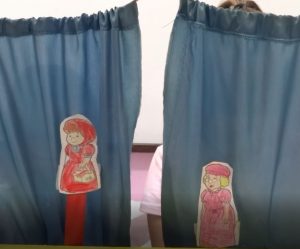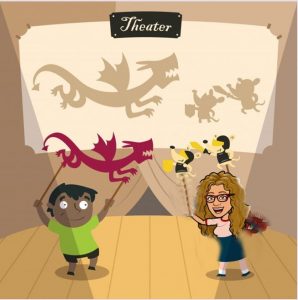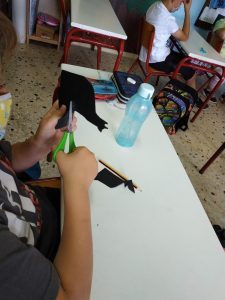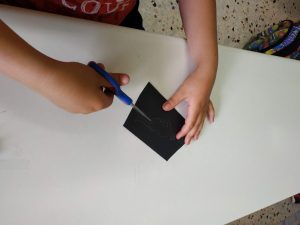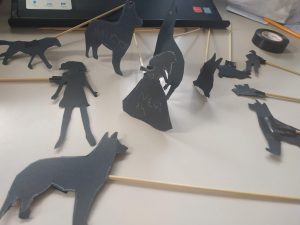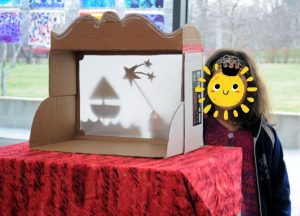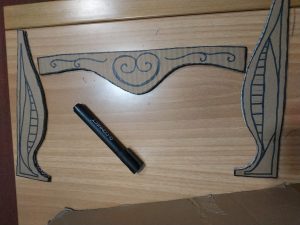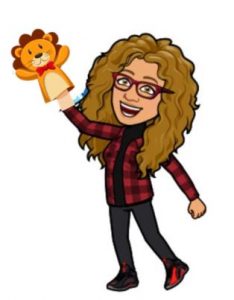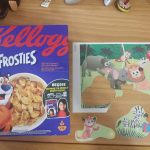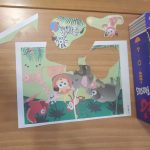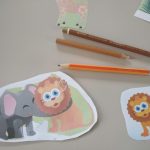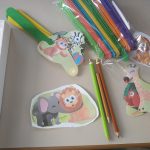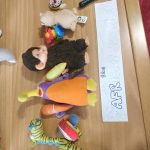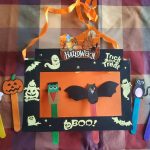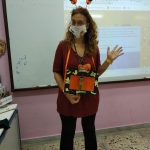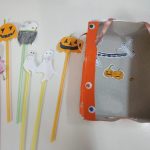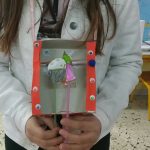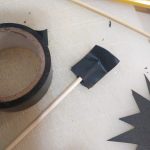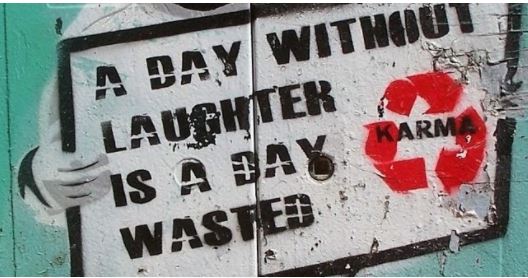Once upon a time there was a dear little girl who wore a little hood of red velvet given to her by her grandmother … The much beloved fairy tale Little Red Riding Hood is ideal to teach to 1st graders (why not 2nd or 3rd or…?) Well known fairy tales provide both children and teachers with a familiar starting point from which to explore stories in a second language. A wide range of activities (from oral storytelling, dramatic play, book making, creating story props, designing masks and making story boxes to name but a few) can be used (have a look here for some ideas).
Keeping early literacy fun and playful is essential. The foundations of good literacy skills dwell in comprehension and language skills, which are fostered best through listening to stories and retelling them in a fun way. Oral storytelling (with emphasis on opening and closing lines, along with formulaic phrases and repetitive structures) could be enhanced by the use of puppets. All the best-loved bits – particularly the lines children love to listen to could be practiced in a fun and engaging way.
One way to do easy puppets is to print the figures, have the students paint it, then cut them out and stick them to popsicle sticks.
Here is the template:
https://blogs.sch.gr/mdoulgke/files/2021/05/ddc53de97a3f72b1ff75344d86d000db.pdf
Another (more fascinating because of the game of shadows and light) is to try narrating the fairy tale with shadow puppets (see how to make a shadow puppet theatre here).
I have created a set of eleven silhouettes below: a girl, a wolf, a woodcutter, a mother, a grandmother, a house, a tree, and a bush with flowers, a bed, a mushroom and a hare.
Here they are:
https://blogs.sch.gr/mdoulgke/files/2021/05/house-woodcutter-tree.pdf
https://blogs.sch.gr/mdoulgke/files/2021/05/wolf-bed-1.pdf
https://blogs.sch.gr/mdoulgke/files/2021/05/mother-LRRH-granny-mushroom-flowers-hare-1.pdf
Watch this video for some help:
Use these templates to create your own shadow production of Little Red Riding Hood with your class! Make the room dark and have fun while practicing students’ narrative skills!
This is the little act I pulled together using the text from the PEAP material :
Good Luck!
